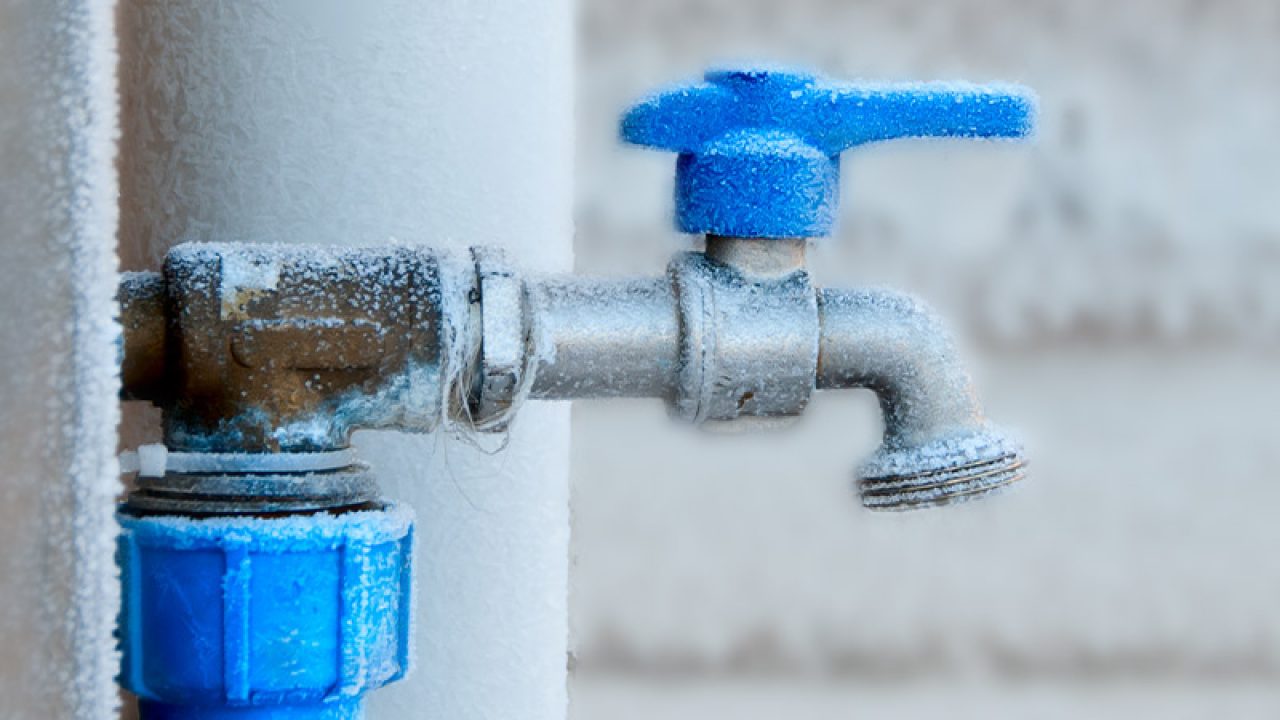Here underneath yow will discover more excellent help and advice about How to prepare your home plumbing for winter weather.

Winter can damage your plumbing, especially by freezing pipelines. Here's exactly how to stop it from happening and what to do if it does.
Introduction
As temperature levels decline, the risk of frozen pipes increases, potentially causing pricey repairs and water damage. Comprehending how to prevent icy pipes is critical for house owners in chilly climates.
Understanding Icy Pipelines
What creates pipelines to ice up?
Pipelines ice up when revealed to temperature levels below 32 ° F (0 ° C) for prolonged periods. As water inside the pipelines ices up, it broadens, putting pressure on the pipe walls and potentially creating them to break.
Risks and damages
Icy pipelines can result in water disruptions, residential property damage, and expensive repair services. Ruptured pipelines can flooding homes and trigger substantial architectural damages.
Indicators of Frozen Pipes
Identifying frozen pipes early can prevent them from bursting.
How to identify frozen pipelines
Try to find reduced water flow from faucets, unusual odors or sounds from pipelines, and noticeable frost on subjected pipes.
Prevention Tips
Insulating susceptible pipes
Wrap pipelines in insulation sleeves or utilize warm tape to safeguard them from freezing temperatures. Concentrate on pipes in unheated or exterior locations of the home.
Heating methods
Keep indoor areas sufficiently heated, specifically areas with pipes. Open closet doors to enable warm air to distribute around pipelines under sinks.
Protecting Exterior Plumbing
Yard hoses and outside taps
Detach and drain pipes yard tubes prior to wintertime. Install frost-proof faucets or cover outdoor taps with insulated caps.
What to Do If Your Pipes Freeze
Immediate activities to take
If you suspect icy pipelines, maintain faucets available to ease pressure as the ice thaws. Utilize a hairdryer or towels soaked in warm water to thaw pipes slowly.
Long-Term Solutions
Architectural adjustments
Think about rerouting pipelines away from outside walls or unheated locations. Add added insulation to attics, cellars, and crawl spaces.
Upgrading insulation
Purchase top notch insulation for pipes, attics, and wall surfaces. Proper insulation assists keep consistent temperatures and lowers the risk of icy pipes.
Conclusion
Stopping icy pipes requires positive procedures and fast responses. By understanding the causes, indicators, and safety nets, homeowners can shield their pipes during winter.
5 Ways to Prevent Frozen Pipes
Drain Outdoor Faucets and Disconnect Hoses
First, close the shut-off valve that controls the flow of water in the pipe to your outdoor faucet. Then, head outside to disconnect and drain your hose and open the outdoor faucet to allow the water to completely drain out of the line. Turn off the faucet when done. Finally, head back to the shut-off valve and drain the remaining water inside the pipe into a bucket or container. Additionally, if you have a home irrigation system, you should consider hiring an expert to clear the system of water each year.
Insulate Pipes
One of the best and most cost-effective methods for preventing frozen water pipes is to wrap your pipes with insulation. This is especially important for areas in your home that aren’t exposed to heat, such as an attic. We suggest using foam sleeves, which can typically be found at your local hardware store.
Keep Heat Running at 65
Your pipes are located inside your walls, and the temperature there is much colder than the rest of the house. To prevent your pipes from freezing, The Insurance Information Institute suggests that you keep your home heated to at least 65 degrees, even when traveling. You may want to invest in smart devices that can keep an eye on the temperature in your home while you’re away.
Leave Water Dripping
Moving water — even a small trickle — can prevent ice from forming inside your pipes. When freezing temps are imminent, start a drip of water from all faucets that serve exposed pipes. Leaving a few faucets running will also help relieve pressure inside the pipes and help prevent a rupture if the water inside freezes.
Open Cupboard Doors
Warm your kitchen and bathroom pipes by opening cupboards and vanities. You should also leave your interior doors ajar to help warm air circulate evenly throughout your home.

Hopefully you liked our section on Prevent Frozen Pipes . Thanks a lot for taking the time to browse our content. Are you aware of someone else who is serious about the topic? Be sure promote it. Thanks a lot for taking the time to read it.
Check This Out
Comments on “Ways to Protect Pipes from Freezing: Specialist Advice”